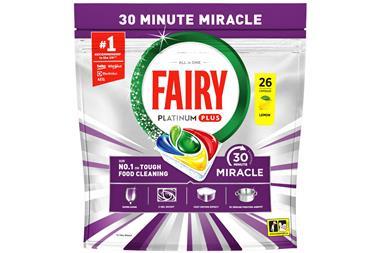
It had the dairy sector in uproar, but research commissioned by The Grocer reveals new government guidance - which urges consumers to dramatically reduce the proportion of dairy products in their diet - has had precious little public impact.
Last month, Public Health England relaunched its Eatwell Plate as the Eatwell Guide, which recommends an overall diet that meets current government thinking on the consumption of fat, salt and sugar. Under the revised guidance, dairy’s segment in the Eatwell Guide has been reduced from 15% under the old system to just 8%. For an average woman, this would mean getting a maximum of 160 calories a day from dairy products rather than 300 calories.
Dairy sector representatives were infuriated by the move, saying it would seriously affect an already under-pressure sector. However, latest research from the Bridgethorne Shopper Index found that just 13.2% of consumers were aware of the latest advice on dairy.
The research also found 57% of consumers had never heard of the Eatwell Plate, with awareness levels particularly low among men (65%) and among pensioners (73%).
Despite the low awareness levels, Dairy UK chief executive Dr Judith Bryans warned changes to the guidance could nevertheless have a significant impact.
“The most important consequence of the changes to the Eatwell Guide is the long-term impact they could have on consumers’ nutritional needs,” she said. “This may not happen immediately but it will have a lasting impact over time. Consumers may well not know the name ‘Eatwell Guide’ but this does not mean they won’t hear its messages on a regular basis. It is, after all, front and centre on NHS Choices, is used by health professionals and will be used by teachers informing the eating patterns of our children.”
There was concern in the dairy industry that the government’s new advice “underestimates the benefits of dairy”, Bryans added, and “will not serve present and future generations of consumers well.”
In general, 58.4% of consumers said they rarely or never took any notice of government advice on food and drink. Almost two-fifths (39.2%) said they sometimes followed advice, while just 2.4% said they always followed it.
This was telling, Bryans suggested. “It is clear there is public scepticism towards dietary advice and this underlines the need to provide consumers with accurate and scientifically sound information,” she said. “It is essential consumers should have confidence in public health organisations and this should be borne in mind by all those involved in providing dietary advice.”



















No comments yet